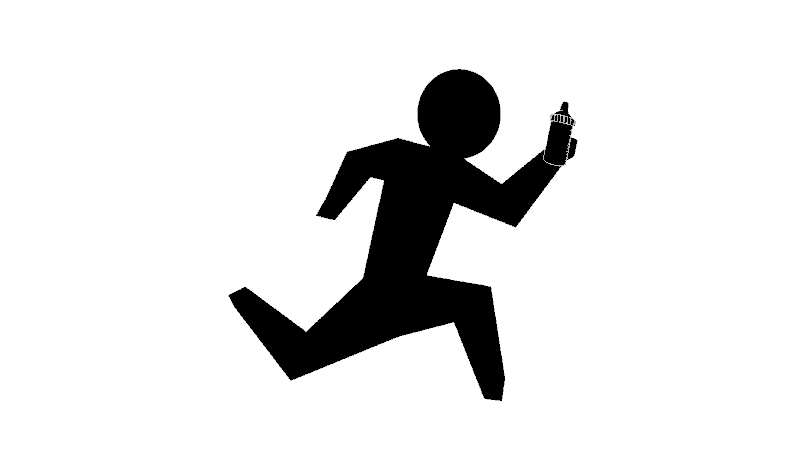Over time as I have done more and more hiking I have noticed that many people do not carry the traditional water bottles on the trail. In fact, they are not carrying hydration bladders either. You may be surprised to find out exactly what most people including myself have started carrying on the trail.
Before getting into exactly what many people are using to carry water on the trail, I’m going to discuss the more traditional water carrying methods. I also want to touch base with exactly why you must carry enough water for your body when hiking or backpacking.
Water Helps Your Body to…
- Regulate body temperature.
- Protect organs and tissue.
- Convert food into energy.
- Carry nutrients and oxygen to cells.
- Cushion joints.
- Remove waste.
How Much Water Should You Carry?
There are many things to consider when deciding how much water you should have with you while hiking. First off, how long is it till the next water source? What are the weather conditions? What is the terrain like? These are all questions you should be asking yourself.
You can also go by the past. For example, if you hiked all day yesterday in the same terrain and similar weather then it would be safe to say you will need about the same amount of water. You should also know how hydrated you are at the current moment. For example, if you are slightly dehydrated when arriving at the water source you may want to take extra water when you leave the source.
One thing you will realize is no matter how much you think about the amount of water you should carry you will still have to figure out your body and your drinking habits.
Hydration bladders with drinking tube

With hydration bladders, drinking is much more convenient. You do not have to take anything out of your backpack or even stop walking to drink. The problem is, the entire thing is much harder to manage than simple water bottles. The mouthpiece can get in the way and malfunction causing leaks. The bladder can also leak in your bag if not completely sealed. If you’re going to filter water into them you’ll have to empty your pack, fill the bladder, and pack everything back up. You should also be aware of the drinking tubes freezing in cold weather.
Collapsible Bottles

Collapsible bottles have the advantage of being much lighter than other options. When you’re not using them they do not consume much space in your pack. The problem is they do not last as long as other bottles and are punctured very easily. They also do not insulate liquids very well. Collapsible bottles are great for when needing to carry extra water over a dry patch.
Bottles
As it turns out many hikers actually carry used bottles when out on the trail. Examples include: Gatorade bottles, Poweraid bottles, and SmartWater bottles. The reason many people do this is because these types of bottles are lighter than the more traditional nalgene bottles and much cheaper. They are much easier to manage than other water carrying methods. You can quickly fill them up and put them in the side pouch of your backpack.
It is recommended that you carry two smaller bottles rather than one larger bottle. The reason for this is to form redundancy. If one bottle was to get smashed or lost you will have a backup. Also it is much easier to hold a smaller bottle in your hand.
There are many ways to carry water with you when out hiking. I know I have tried many of them in different situations. I have found that I am beginning to start leaving my hydration bladder at home and carrying the SmartWater bottles that you can find at most convenience stores. One of the main reasons I do this is because my water filtration system is the Sawyer Mini Water Filter
and it fits perfectly on the threads of the SmartWater bottles.
I hope you have found this article helpful. If so please like and share below so that other people can find this article more easily. If you have any questions or comments please leave a comment below or contact me via my contact page.

